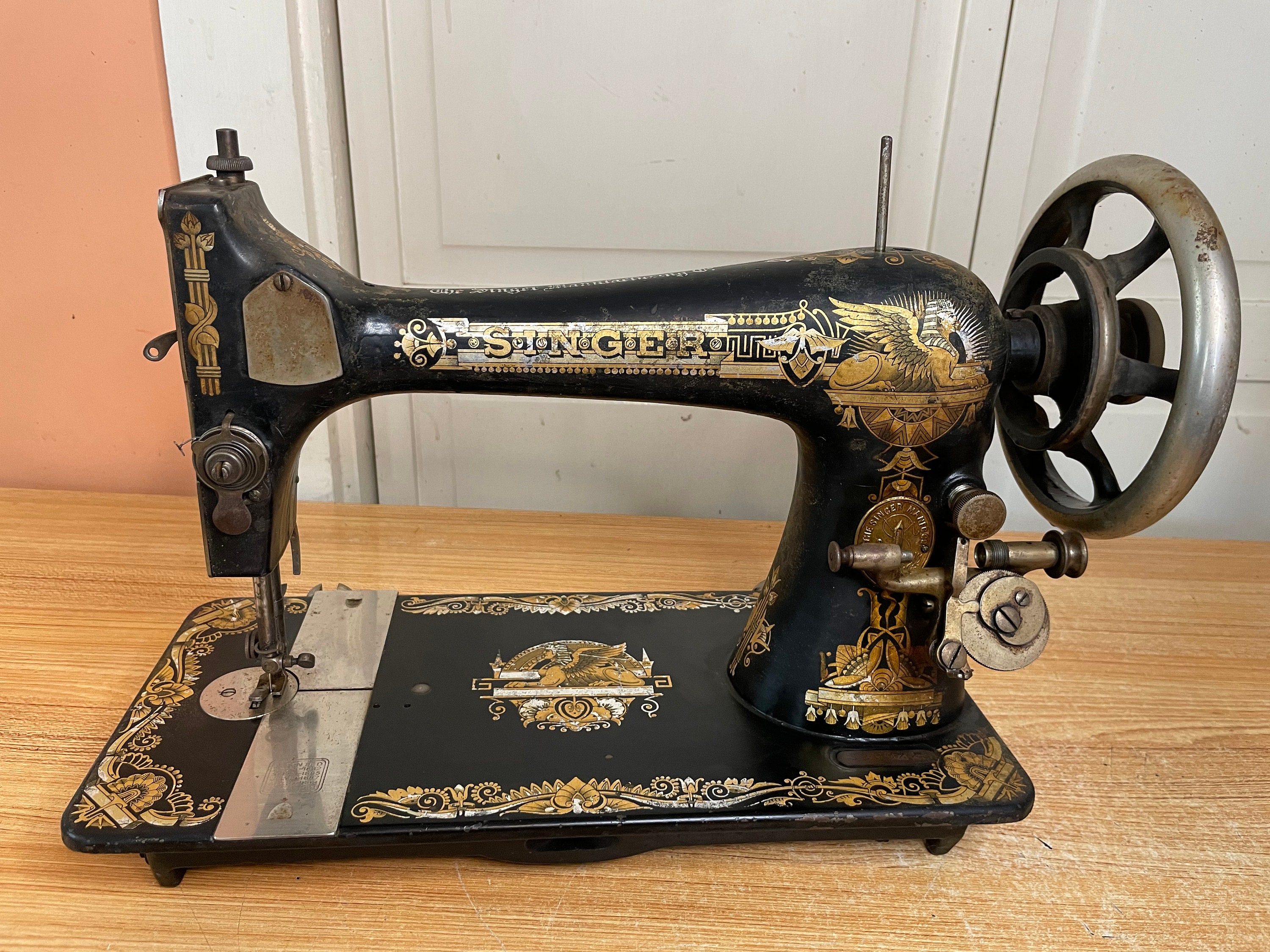

An Austrian tailor, Josef Madersperger, began developing his first sewing machine in 1807 and presented his first working machine in 1814. In 1804, a sewing machine was built by the Englishmen Thomas Stone and James Henderson, and a machine for embroidering was constructed by John Duncan in Scotland. In 1874, a sewing machine manufacturer, William Newton Wilson, found Saint's drawings in the UK Patent Office, made adjustments to the looper, and built a working machine, currently owned by the Science Museum in London. Although his machine was very advanced for the era, the concept would need steady improvement over the coming decades before it could become a practical proposition. Saint's machine was designed to aid the manufacture of various leather goods, including saddles and bridles, but it was also capable of working with canvas, and was used for sewing ship sails. A stitching awl would pierce the material and a forked point rod would carry the thread through the hole where it would be hooked underneath and moved to the next stitching place, where the cycle would be repeated, locking the stitch. His sewing machine used the chain stitch method, in which the machine uses a single thread to make simple stitches in the fabric. Saint created the machine to overall reduce the amount of hand-stitching on garments, making sewing more reliable and functional. It is likely that Saint had a working model but there is no evidence of one he was a skilled cabinet maker and his device included many practically functional features: an overhanging arm, a feed mechanism (adequate for short lengths of leather), a vertical needle bar, and a looper. His machine was meant to be used on leather and canvas material. In 1790, the English inventor Thomas Saint invented the first sewing machine design. Industrial sewing machines, by contrast to domestic machines, are larger, faster, and more varied in their size, cost, appearance, and task.Īnimation of a modern sewing machine as it stitches Electrically-powered machines were later introduced. Early sewing machines were powered by either constantly turning a handle or with a foot-operated treadle mechanism. In a modern sewing machine, the process of stitching has been automated so that the fabric easily glides in and out of the machine without the inconvenience of needles, thimbles and other tools used in hand sewing. Home sewing machines are designed for one person to sew individual items while using a single stitch type at a time. Since the invention of the first sewing machine, generally considered to have been the work of Englishman Thomas Saint in 1790, the sewing machine has greatly improved the efficiency and productivity of the clothing industry.
#1911 SINGER RED EYE SEWING MACHINE WITH PORTABLE WOOD CASE MANUAL#
Sewing machines were invented during the first Industrial Revolution to decrease the amount of manual sewing work performed in clothing companies.

A sewing machine is a machine used to sew fabric and materials together with thread.


 0 kommentar(er)
0 kommentar(er)
